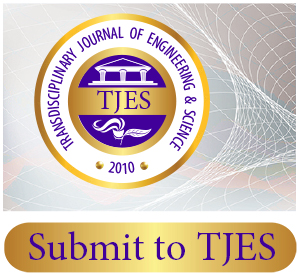The Structure of Distributed Scientific Research Teams Affects Collaboration and Research Output
Abstract
To understand how the nature of scientific collaboration between individuals and sites in team-based research initiatives affect collaboration and research output, we examined four waves of prospective survey data to measure collaboration across investigators, disciplines, and sites to measure structural determinants of research success. 116 investigators in the five sites of the NIH-funded U54 Transdisciplinary Research on Energetics and Cancer (TREC) initiative were surveyed about their research ties with a 2011 baseline measure and followed by three additional iterations and augmented by bibliometric data. Social network analysis describes the changing structure of contact and cooperation. We found that the network structure of a team science project affects the nature and rate of publications, implying that funded projects vary in research output based on how investigators interact with each other and that the design of scientific research projects affects research output by determining levels of contact between actual and potential collaborators.


